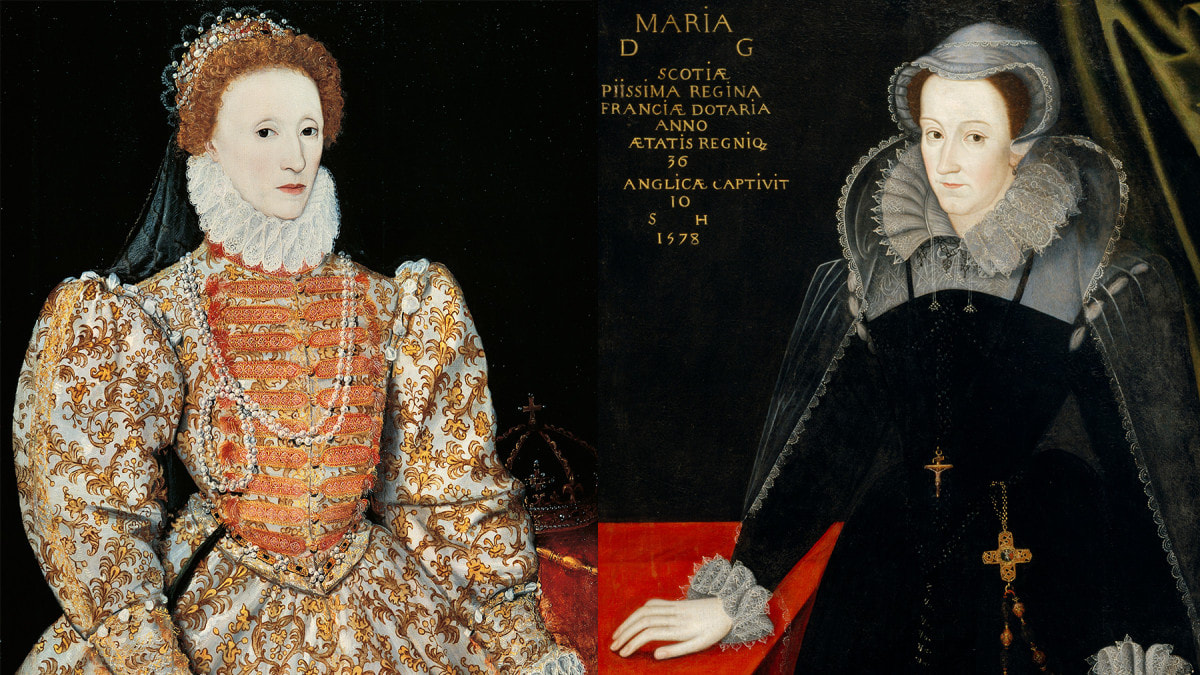|
L'Ècossaise was one of many religious/political tragedies of the Renaissance period; a time quite familiar with religious and political strife. It tells the story of the execution of Mary, Queen of Scots, by her cousin Elizabeth, the Queen of England. Mary takes the role of the unjustly persecuted martyr of the Catholic cause, or is it simply the cause of liberty? For Mary is not truly oppressed by the protestant religion, but by an authoritarian ruler who fears the loss of her power. Notably, the play is not unique in its choice of a female heroine and villain. Like several other plays from this period, in particular Haman and Les Juifves, women are given a prominent place on the stage and in the plot. Their strengths and weaknesses are not the result of their gender, while at the same time they do not forget it. When debating with her counselor, Elizabeth reminds him that gentleness is a woman’s virtue. Furthermore, while not unique at the time, it is refreshing to a modern reader to see women in roles that are not exclusively romantic. Hamital is the female leader of her nation in her son’s absence. Esther likewise, is a queen and leader of the Jewish people. One must ask why, during a time of intense oppression of the female sex, were playwrights compelled to tell the stories of powerful women? Even more so when taking into account the fact that in France, women legally could not rule.
0 Comments
Leave a Reply. |
Jennifer KellettM.A. French Literature Florida State University Archives
June 2021
Categories |
Photos used under Creative Commons from mharrsch, Renaud Camus

 RSS Feed
RSS Feed
